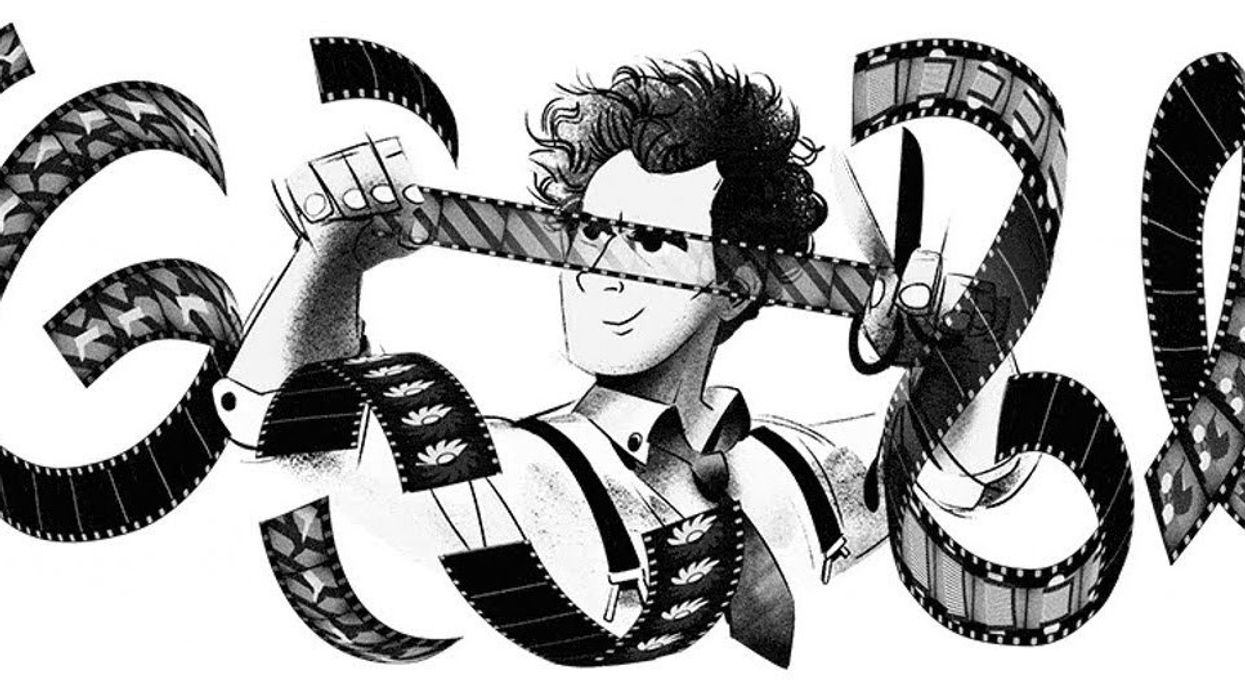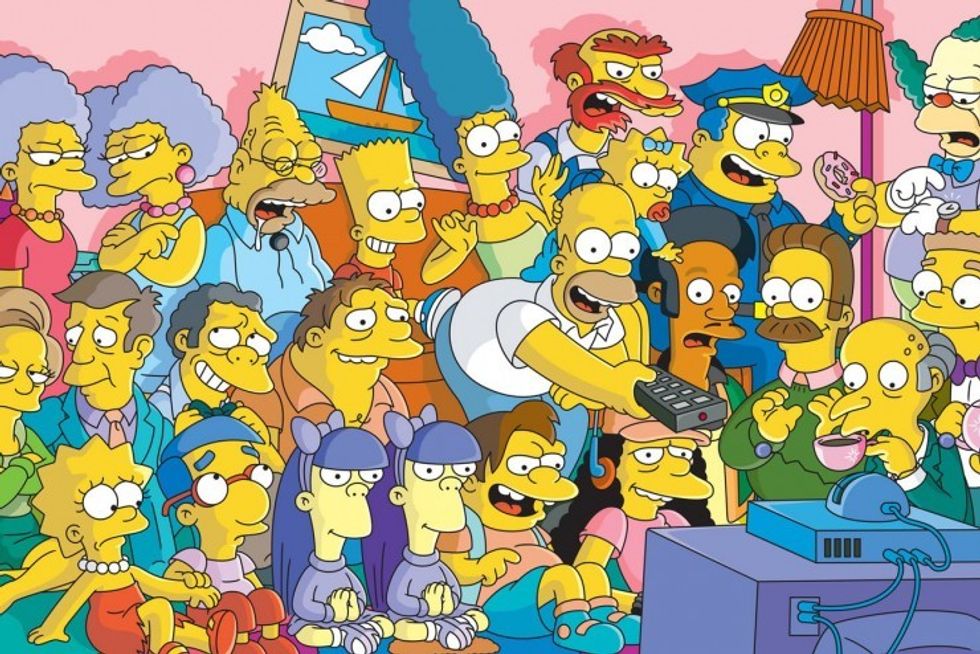Watch: How Sergei Eisenstein Used Montage to Film the Unfilmable
Find out how the "Father of Montage" changed filmmaking forever.

If you happened to look something up today, you might've noticed a familiar face on the Google Doodle. That's because January 22, 2018 marks what would've been the 120th birthday of Sergei Eisenstein, the Soviet filmmaking pioneer that helped usher in the modern age of movie making and film editing. If you're not well acquainted with the Latvian director, this video essay from One Hundred Years of Cinema will not only help you get up to speed on his many cinematic contributions but also explain what Soviet montage theory is and how it changed the way we make films today.
In the beginning, films were essentially a single shot of, say, a train arriving in a station or workers leaving a factory, that is until "continuity editing" came along. This type of editing allowed filmmakers to cut together sequences of film that resembled real-life, rather than the tedious process that goes on behind the camera.
Continuity editing was revolutionary in its own right, but early Soviet filmmakers, including Lev Kuleshov, Vsevolod Pudovkin, and Eisenstein, brought editing into another, more creative and psychological level, first with the "Kuleshov Effect" and then with Eisenstein's Montage Theory, or as he called it, "montage of attractions."

This new editing form differed from continuity editing in that it was intended to create a psychological response in the audience, rather than a perceivable chronological sequence of time and action. In other words, Eisenstein's method focused entirely on how the arrangement of shots made audiences feel.
The Soviet Montage has innovated the way films have been made, allowing filmmakers to explore the psychological effects of different arrangements and durations of shots, instead of being tethered to mere chronology. So, the next time you watch a music video that cuts to the beat, or a car chase sequence that gets your heart pumping, or a beautiful visual metaphor, be sure to thank Eisenstein and the rest of the pioneers of Soviet Montage.
Source: One Hundred Years of Cinema














